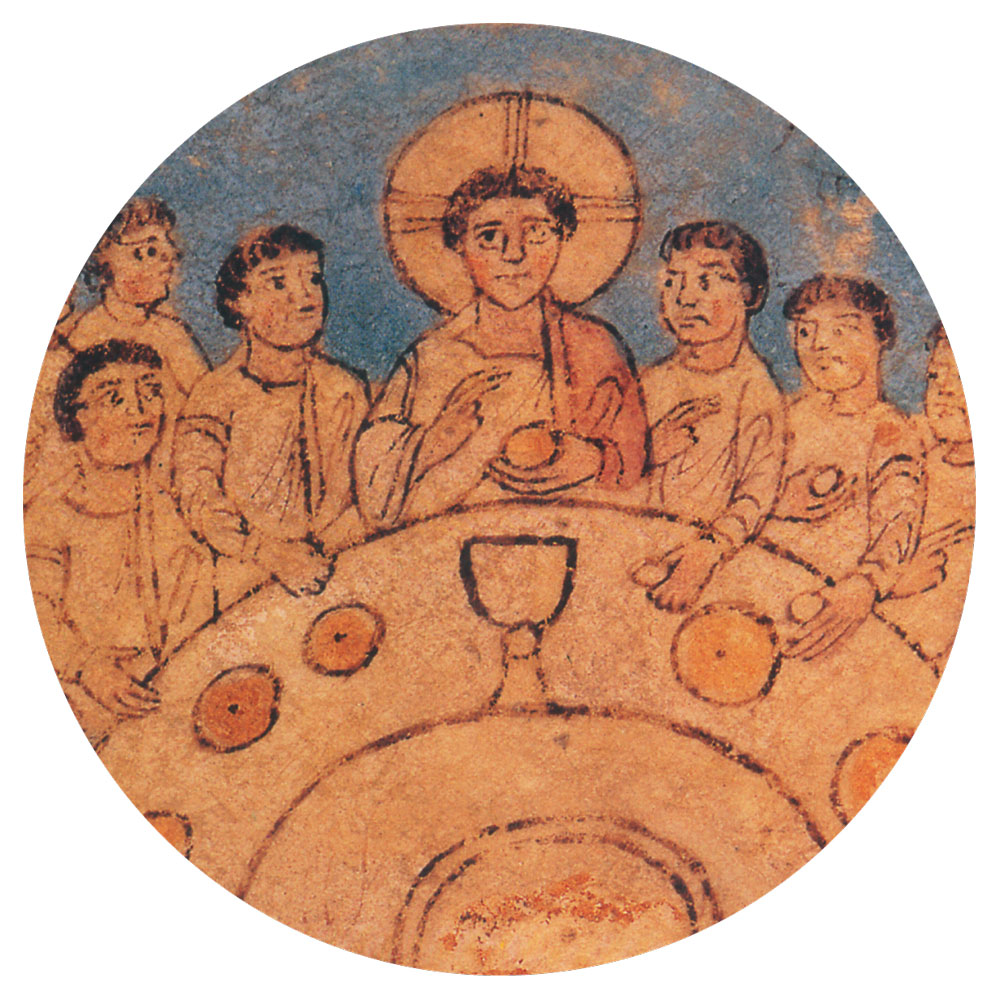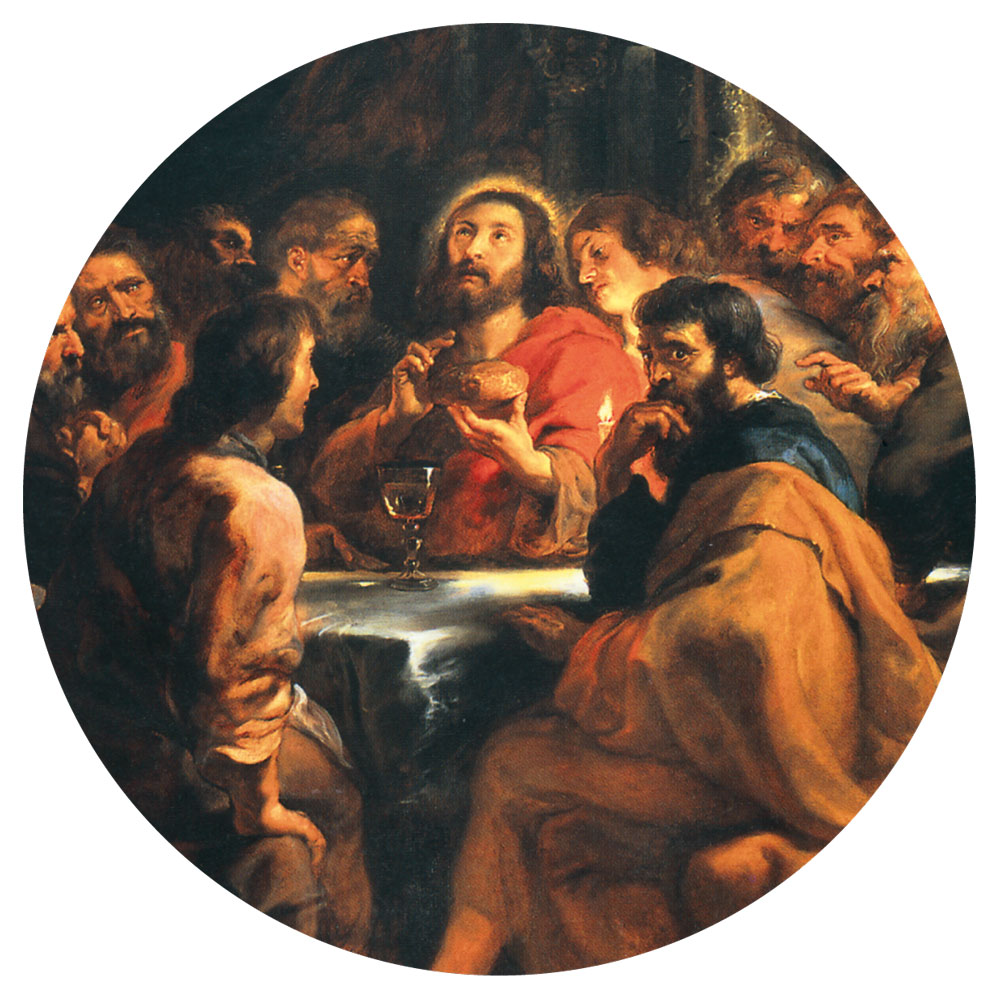Ingestion / Table Manner
“Ingestion” is a column that explores food within a framework informed by aesthetics, history, and philosophy.
On 18 July 1573, the Venetian Inquisition summoned Paolo Veronese to answer questions about the Last Supper that he had painted for the Convent of SS. Giovanni e Paolo. In Veronese’s magnificent image, Palladian architecture frames the central scene, while Hogarthian servants and soldiers talk and scuffle in the foreground. The extras who give the painting its life and color provoked dry, precise queries: “What signifies the figure of him whose nose is bleeding?” “What signify those armed men dressed in the fashion of Germany, with halberds in their hands?” “And the one who is dressed as a jester with a parrot on his wrist, why did you put him into the picture?” Veronese did his best to satisfy the inquisitors. The figure with the bleeding nose, he explained, “is a servant who has a nose-bleed from some accident.” The jester with the parrot “is there as an ornament, as it is usual to insert such figures.” As to the halberdiers, he offered a more theoretical explanation:
It is necessary here that I should say a score of words. ... We painters use the same license as poets and madmen, and I represented those halberdiers, the one drinking, the other eating at the foot of the stairs, but both ready to do their duty, because it seemed to me suitable and possible that the master of the house, who as I have been told was rich and magnificent, would have such servants.

From the manuscript Gospels of Saint Augustine, ca. 600.

Peter Paul Rubens, The Last Supper, 1631–1632.
***
This appeal to artistic license did not satisfy the inquisitors: “Does it seem suitable to you, in the Last Supper of our Lord, to represent buffoons, drunken Germans, dwarfs, and other such absurdities?” They ordered Veronese to erase the halberdiers and replace the dog who looked up at Jesus with Mary Magdalene. Veronese complied, in his own way. He left the painting as it was but retitled it Feast in the House of Levi—a scene less freighted with theological significance. ...
...MUCH MORE